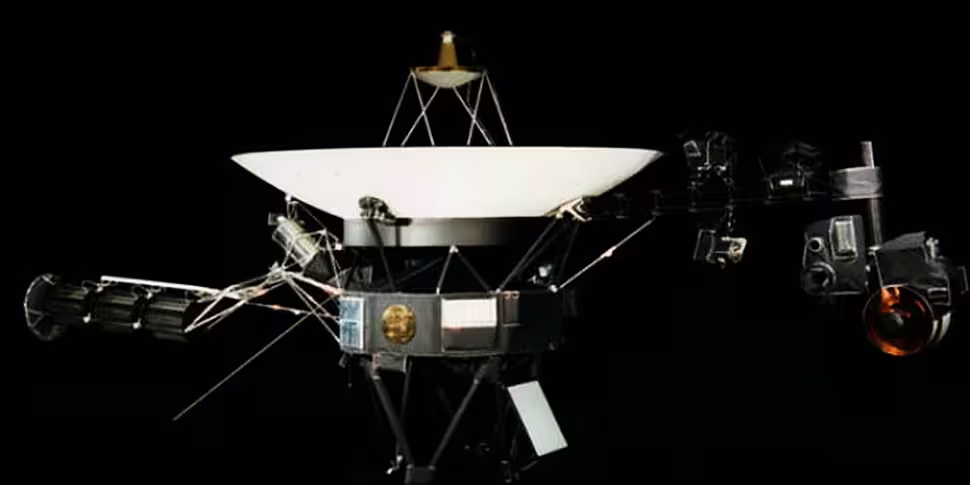It was only in March this year that NASA denied reports from the American Geophysical Union that Voyager-1 had passed beyond the reaches of our small region of the Milky Way. However, new research published in Science magazine suggests the space probe is very close indeed to exploring the further reaches of space.
Launched in September 1977, Voyager-1 has travelled approximately 18.5 billion kilometres over the course of its 35 year mission. Having long ago transmitted data and images of the planets in our solar system as part of its primary mission, it has now travelled further than any existing spacecraft, and is continuing to send limited data back to Earth about its surroundings.
There are ongoing disputes over the 'border' between our solar system and the wider Milky Way. Both Voyager probes are currently travelling through the heliosophere – a huge, multi-layered particle ‘bubble’ that separates the Solar System and interstellar space. However, given the vast distances and complex make-up of the heliosphere, scientists are unsure where exactly the outer-layer - or heliosheath - ends.
Scientists involved with the project now observe that evidence points to the conclusion that Voyager is still lingering in an area where our sun is the dominant influence. Ed Stone of the Voyager team argues "if you looked at the cosmic ray and energetic particle data in isolation, you might think Voyager had reached interstellar space, but the team feels Voyager-1 has not yet gotten there because we are still within the domain of the sun's magnetic field".
However, given the changes in readings, Voyager-1 has undoubtedly passed into an unknown region of the heliosphere and is on the way to finally leaving the solar system for good. Given the unchartered territory, an exact estimate is impossible, but Voyager could leave the solar system any day now, or within the next year or two. Time conclude "it’s a certainty that the Voyagers will eventually cross the invisible boundary, and that day, humanity will at last become a species of the star".
You can read our more in-depth look at the Voyager mission here.









